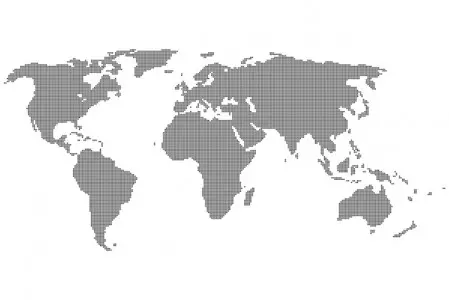Share on Social Media:
The Top 5 Health Care Service Expenditures in the United States
| Health Care Service | Percentage of National Health Spending | |
|---|---|---|
| 1 | Hospital Care | 31.7% |
| 2 | Physician / Clinical Services | 21.4% |
| 3 | Other Health Spending | 16.2% |
| 4 | Other Personal Health Care | 12.7% |
| 5 | Prescription Drugs | 10.1% |
 Special Report
Special Report
- the U.S. is projected to spend over $2.2 trillion on health care in 2007, or just under $7,500 per U.S. resident. Health spending in 2007 is projected to account for 16.2% of GDP. In contrast in 1970, U.S. health care spending was about $75 billion on health care, or $356 per resident, and accounted for 7.2% of GDP. Health care spending has risen about 2.4 percentage points faster than GDP since 1970.
- The Centres for Medicare and Medicaid Services projects that by 2016 (nine years from now) health care spending will be over $4.1 trillion, or $12,782 per resident, and account for 19.6% of GDP.
- About ten percent of people account for over 60% of spending on health services; over 20% of health spending is for only 1% of the population. At the other end of the spectrum, the one-half of the population with the lowest health spending accounts for just over 3% of spending
- U.S. health spending as a share of GDP in 2004 (15.2% in OECD accounting) was considerably higher than all other OECD countries, including Canada (9.2%), France (11.0%), Germany (10.6%), Japan (8.0%), and the United Kingdom (8.1%). Switzerland was a distant second to the U.S., devoting 11.5% of GDP to health care. Health insurance premiums have consistently grown faster than inflation or workers earnings in recent years in the United States. Between 2002 and 2007, the cumulative growth in health insurance premiums was 78%, compared with cumulative inflation of 17% and cumulative wage growth of 19%.
- Health spending is fairly evenly split between the private and public sectors in the United States, with private health spending accounting for about 55% of total health spending in 2005. Spending by private health insurance comprises about 64% of private health expenditures; about 23% of private expenditures is out-of-pocket payments by individuals; the remainder (13%) is expenditures by other private sources (e.g., philanthropy). The Centres for Medicare and Medicaid Services projects that the private share of national health spending will fall to 51% by 2016. The growth in public health spending (to 49%) occurs primarily due to growth in Medicare's share of health spending (to 21% in 2016). One important contributor to the growth in Medicare's share of spending was implementation of the Medicare Prescription Drug benefit, which reduced private out-of-pocket spending and increased public spending for prescription drugs.
- Kaiser Family Foundation. (2007). "Trends in Health Care Costs and Spending". Retrieved December, 2010.
Tags:
Health Statistics, The United States
Sources: Family Foundation calculations using NHE data from Centers for Medicare and Medicaid Services, Office of the Actuary, National Health Statistics Group.
List Notes: Data is for the United States for the year 2007. The term "Other Personal Health Care" includes dental and other professional health services, durable medical equipment, etc. The term "Other Health Spending" includes administration and net cost of private health insurance, public health activity, research, and structures and equipment, etc.
Sources: Family Foundation calculations using NHE data from Centers for Medicare and Medicaid Services, Office of the Actuary, National Health Statistics Group.
List Notes: Data is for the United States for the year 2007. The term "Other Personal Health Care" includes dental and other professional health services, durable medical equipment, etc. The term "Other Health Spending" includes administration and net cost of private health insurance, public health activity, research, and structures and equipment, etc.

